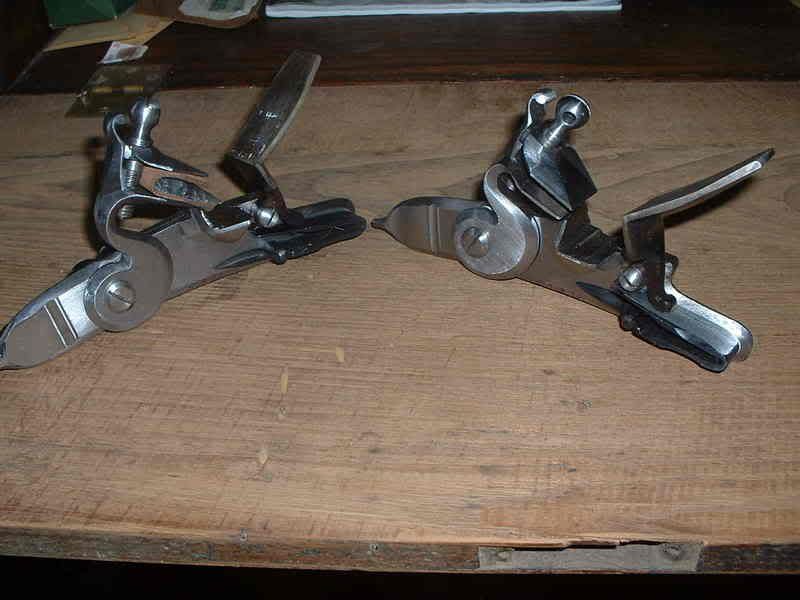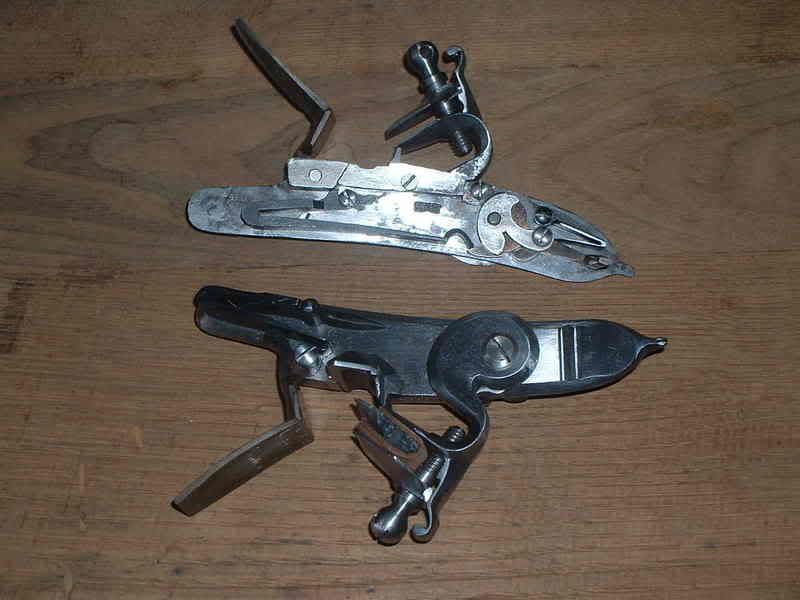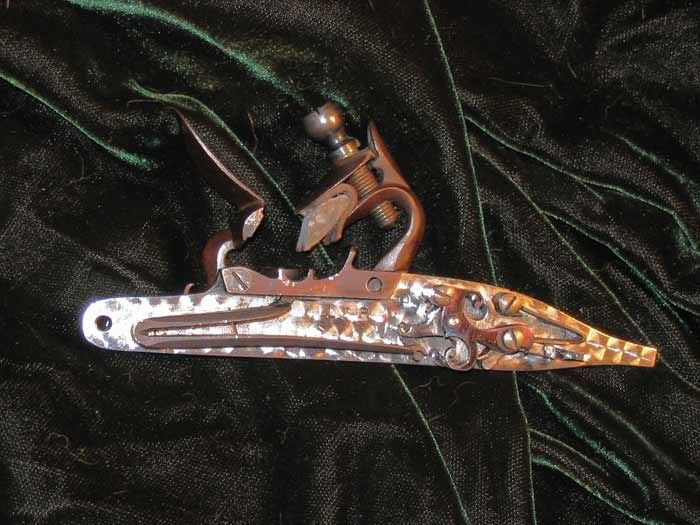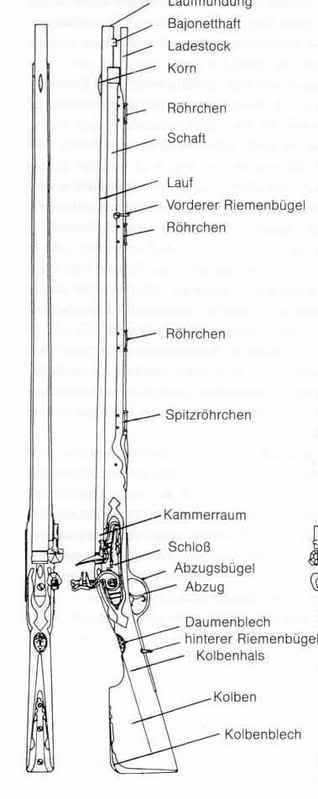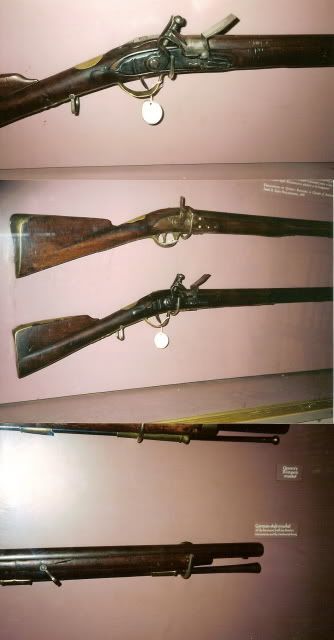Thank you, thank you....please, no applause...
Just don't anyone ask me to do another!!! They were a pain in every way. Definitely not like a Siler lock set, or even the typical Rifle Shoppe kit, which are usually very nicely done castings. Not these. Perhaps you can tell by the roughness on the inside of the lockplate how rough (and mismatched) these castings were...multiply that by ten, and then you'll be close!!! :shocked2:
By the way, I guess you can tell, I used the Davis spring in the last two locks. The TRS mainsprings were giving me problems in hardening, and one of them cracked (I don't like Rifle shoppe springs...I have found them to be very inconsistent in how they harden...if they harden at all..). I happened to have one of these Davis springs, and looked at it and thought "I can make that work", so I put it on, it worked beautifully, with no modification whatsoever, except for drilling the hole out for the slightly larger screw I was using. I went ahead and got a second spring and used it on the last lock. The original springs were heavy. I mean HEAVY. I can't possibly convey to you in words just how incredibly heavy all the springs were. These springs are still heavy, but much more "normal".
These locks are not exactly "fine tuned watches", but I got them to work pretty well, considering their size. :winking:
